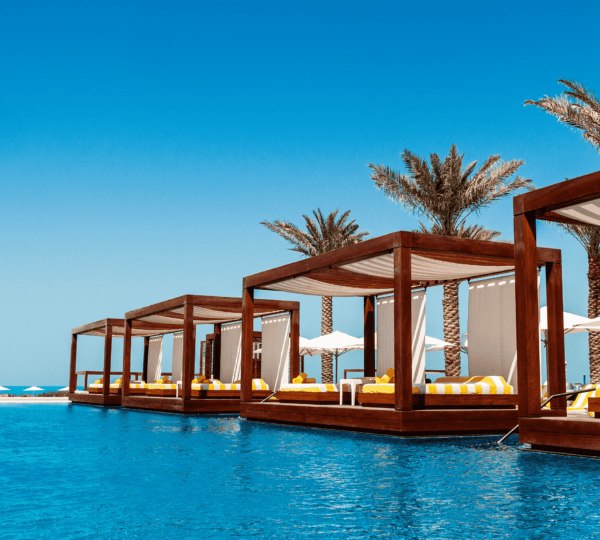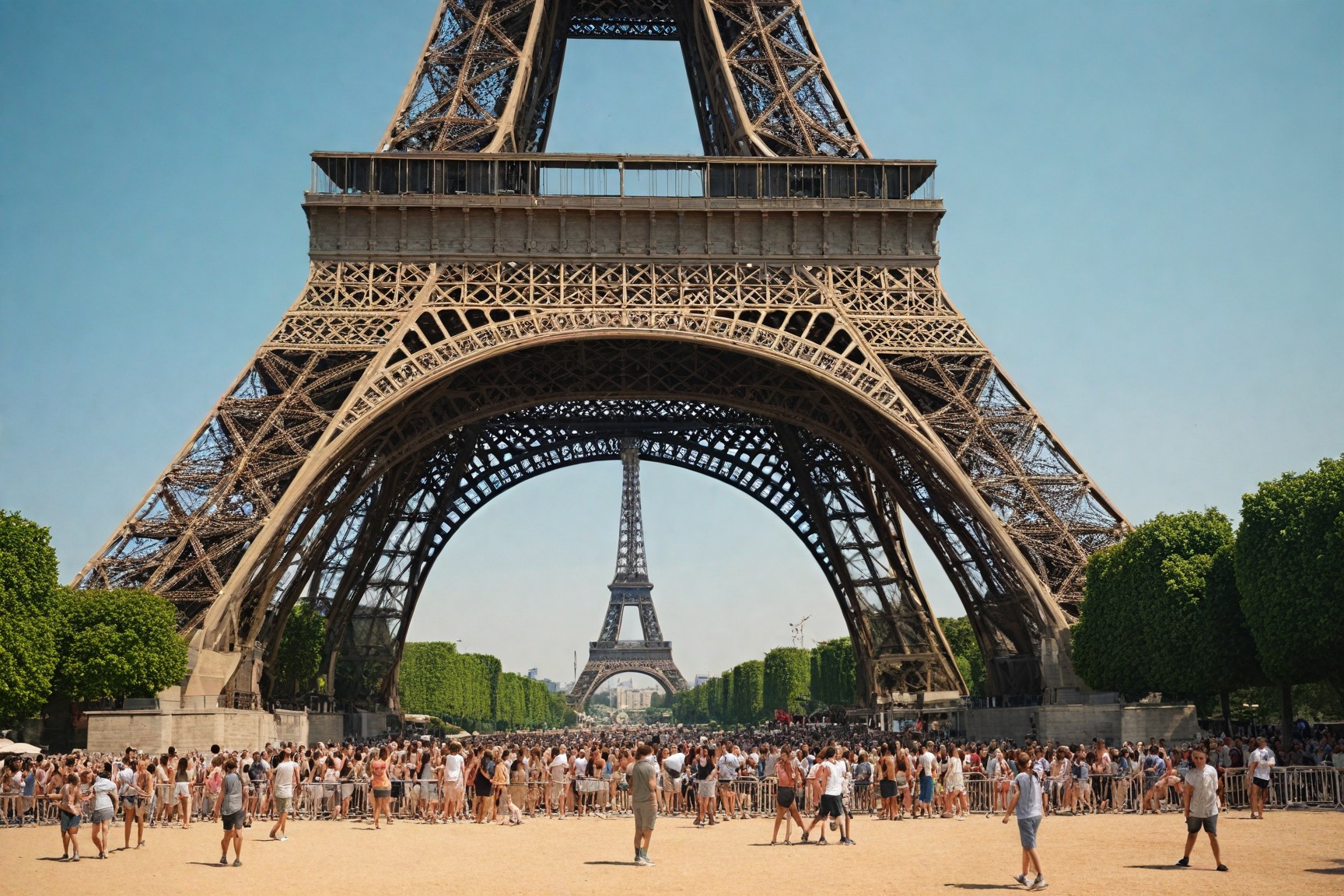
Luxury and Budget Travel: What Are the Key Differences
Luxury and budget travel. Imagine two friends, both yearning for an escape from their daily routines. While one, a meticulous planner with an eye for luxury, books a five-star resort in the Maldives, complete with a private butler, gourmet dining, and exclusive spa treatments. The other, chooses a backpacking trip through Southeast Asia, staying in cozy hostels, eating street food, and exploring hidden gems on a shoestring budget. Both travelers experience adventure, culture, and relaxation—but in vastly different ways. This contrast perfectly illustrates the fundamental question: What are the key differences between luxury and budget travel? Let’s break it down, using insights from top travel blogs, expert opinions, and fascinating travel statistics.
1. Accommodation: Five-Star Resorts vs. Budget Hostels

One of the most noticeable distinctions between luxury and budget travel is accommodation. Luxury travelers often stay in high-end resorts, boutique hotels, or private villas, which offer personalized services, spa treatments, and breathtaking views. According to Forbes Travel Guide, top luxury hotels emphasize exclusivity, comfort, and privacy. These hotels often come with concierge services that handle everything from dinner reservations to private island excursions.
In contrast, budget travelers opt for hostels, guesthouses, Airbnb rentals, or even couch-surfing. As highlighted in Lonely Planet, budget accommodations focus on affordability, social interaction, and location convenience rather than luxury. Many budget travelers embrace shared dorms, free walking tours, and communal kitchens to cut costs.
Fun Fact: The world’s most expensive hotel suite, The Empathy Suite at Palms Casino Resort in Las Vegas, costs $100,000 per night, while an average hostel dorm bed in Europe costs around $20 per night.
2. Transportation: Private Jets vs. Public Buses
Luxury travelers prioritize comfort and efficiency, often opting for business or first-class flights, private jets, and chauffeur-driven cars. Many high-end travel companies, such as Abercrombie & Kent, specialize in curated, hassle-free experiences that include private yacht rentals and helicopter transfers.
Conversely, budget travelers rely on budget airlines, trains, buses, and rideshares. Many budget travelers embrace overnight buses or low-cost carriers like Ryanair or AirAsia to save on transportation. Travel expert Rick Steves emphasizes that traveling like a local—using public transport—enhances cultural immersion.
Expert Opinion: According to The Points Guy, a travel website specializing in maximizing travel rewards, mixing both luxury and budget travel—such as using airline miles for business class but opting for budget accommodations—can provide a well-rounded experience.
3. Dining: Fine Dining vs. Street Food
Luxury travelers often indulge in Michelin-starred restaurants, private dining experiences, and gourmet meals curated by world-renowned chefs. Many five-star hotels provide all-inclusive fine dining experiences, complete with wine pairings and personalized menus.
On the flip side, budget travelers explore local street food and affordable eateries. Food bloggers at Eater suggest that street food offers some of the most authentic culinary experiences at a fraction of the cost. Countries like Thailand, Mexico, and Vietnam are known for their affordable yet delicious street food.
Fun Fact: The world’s most expensive pizza, found at Industry Kitchen in New York, costs $2,700 and is topped with 24K gold, truffles, and caviar, while a Margherita pizza in Naples, Italy, costs as little as $5.
4. Activities: Exclusive Experiences vs. Budget-Friendly Adventures
Luxury travelers seek exclusive experiences such as private safaris, yacht rentals, and VIP access to cultural sites. Companies like Black Tomato specialize in tailor-made luxury experiences, such as dining under the stars in the Sahara or exploring Antarctica in a private expedition.
Budget travelers, on the other hand, focus on free or low-cost activities like hiking, public museums, and free walking tours. Travel experts at Nomadic Matt advocate for leveraging city passes, student discounts, and local guides to enhance the experience without overspending.
The New York Times travel section suggests blending both travel styles—splurging on a once-in-a-lifetime experience while saving on other aspects like accommodation or transportation.
5. Travel Planning: Personalized Itineraries vs. DIY Travel
Luxury travelers often rely on travel agencies, personal travel advisors, and concierge services to create seamless, stress-free experiences. The Virtuoso Travel Network specializes in high-end, tailor-made itineraries for affluent travelers.
In contrast, budget travelers prefer a do-it-yourself (DIY) approach, using blogs, forums, and apps like Skyscanner and Rome2Rio to find deals. Budget Travel Magazine recommends booking flights and accommodations in advance but keeping activities flexible to allow for spontaneous adventures.
Finding Your Travel Style
Luxury and budget travel offer distinct experiences, but one is not necessarily better than the other—it all depends on personal preferences, travel goals, and budget constraints. Some travelers even opt for a hybrid approach, mixing budget-friendly options with occasional luxury splurges. Whether you’re sipping champagne in a five-star resort or enjoying a $1 street taco in Mexico, the essence of travel lies in experiencing new places, cultures, and perspectives.
So, are you a luxury traveler, a budget adventurer, or somewhere in between? Whichever you choose, the world awaits!
References:
- Forbes Travel Guide: Luxury Hotel Standards
- Lonely Planet: Budget Travel Essentials
- The Points Guy: Maximizing Travel Rewards
- Eater: Best Street Food Destinations
- Black Tomato: Luxury Travel Experiences
- Nomadic Matt: Budget Travel Tips
- New York Times Travel Section
- Virtuoso Travel Network
- Budget Travel Magazine
- Rick Steves’ Travel Tips
By incorporating both expert opinions and real-life examples, this post provides a comprehensive guide for travelers deciding between luxury and budget experiences.












